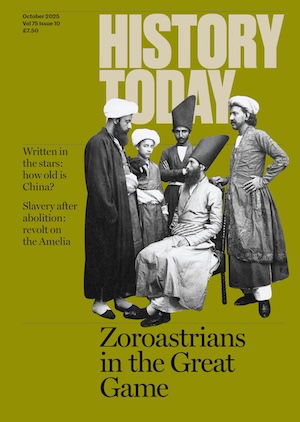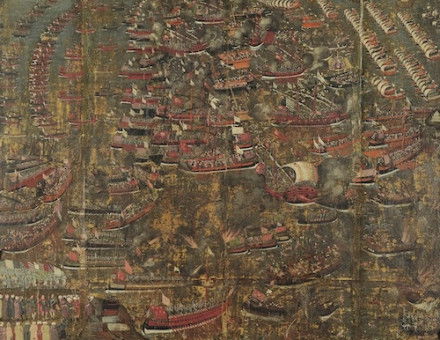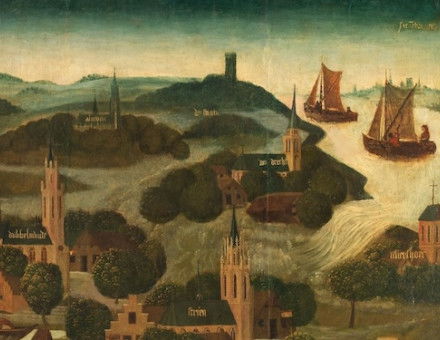Imperial Visit, 1901
J.D. Hargreaves on the turn-of-the-century visit of Russia's Nicholas II to France and its wider diplomatic ramifications.
It is at once the duty and the vanity of diplomatists to concern themselves with questions of form and appearance. The exchange of ceremonial visits between heads of States, still recognized as a useful method of proclaiming international friendships, was most in fashion in the period of alliance-juggling which preceded the war of 1914. Often such visits could have real significance: as notice to the world of changing relationships, as occasions for solemn pageantry and popular demonstrations, or even as opportunities to initiate serious negotiations—the exchange of visits in 1903 between King Edward VII and President Loubet is one of the standard examples of the last. But there was a tendency for the visit itself to become more important than the international friendship it personified; behind the smiling, bowing monarchs the historian discovers many smaller men, quibbling over form as though it were substance, intriguing for petty distinctions, and turning solemn gesture into farce.





